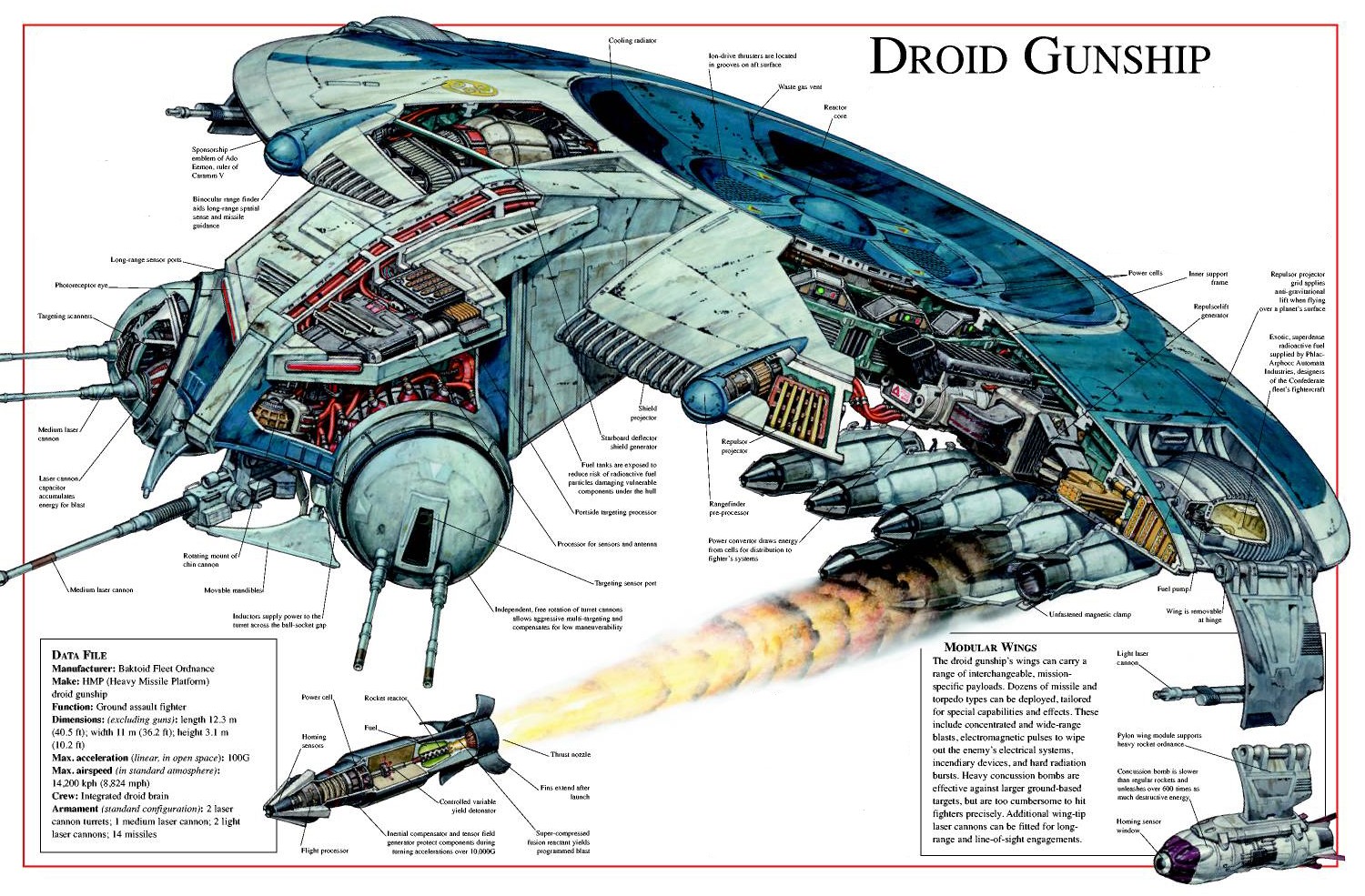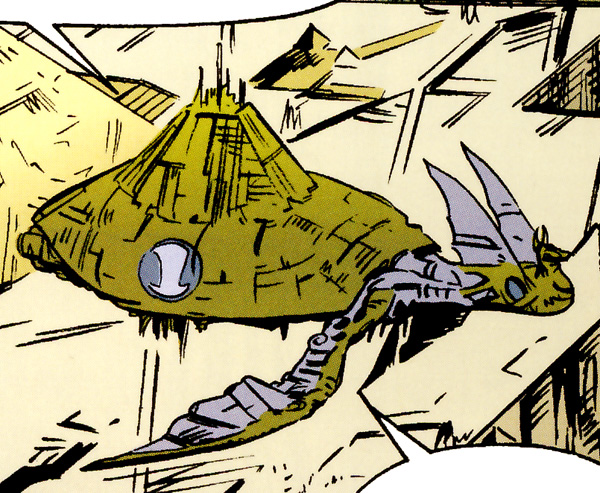 Imperial Space Station
Scale: Capital
Length: 1000m
Skill: Capital Ship Piloting
Crew: 1500
Troops: 1200
Cargo Capacity: 200000
Consumables: 5 Months
Fighters: 36
Shuttles: 6
Dock Ports: 6
Passengers: 4000
Hull: 5D6
Shields: 3D6
Sensors:
Passive: 50/1D
Scan: 100/3D
Search: 200/4D
Focus: 6/4D+2
Weapons:
40 TurboLaser Batteries
Scale: Capital
Fire Arc: 10/10/10/10
Crew: 4
Skill:
Fire Control: 4D
Space: 3-15/35/75
Atmosphere:
Damage: 5D
30 Laser Batteries
Scale: Starfighter
Fire Arc: 10/10/5/5
Crew: 4
Skill:
Fire Control: 2D
Space: 1-3/12/25
Atmosphere:
Damage: 5D
12 Ion Cannons
Scale: Capital
Fire Arc: 3/3/3/3
Crew: 4
Skill:
Fire Control: 3D
Space: 1-10/25/50
Atmosphere:
Damage: 4D
6 Concussion Missiles
Scale: Capital
Fire Arc: 3 left, 3 right
Crew: 3
Skill:
Fire Control: 2D
Space: 2-12/30/60
Atmosphere:
Damage: 9D
6 Tractor Beams
Scale: Capital
Fire Arc: 3 left, 3 right
Crew: 4
Skill:
Fire Control: 2D
Space: 1-5/15/30
Atmosphere:
Damage: 5D
Description:
The Cardan-class space station was a series of defense stations built by Kuat Drive Yards in five distinct sizes.
Characteristics
The Cardan-class space station was an orbital defense structure, built near a planet or strategic point in deep space in order to provide defense against attacks from space. The stations could house squadrons of TIE starfighters in their internal hangars and deploy them for additional defense.
The Cardan-class stations were given identifying levels ranked accordingly to their defensive capabilities. A Mark I space station, for example, was very weak, and thus could be easily destroyed by an enemy fleet. A Mark V space station, however, required a large military force to overcome it. Standard defenses on these space stations included ion cannons, laser cannons, proton torpedo launchers, concussion missile launchers, and turbolaser batteries.
Cardan-class stations also came equipped with shield generators and hangars full of starfighters, which provided additional defenses. Areas facilitating the needs of starfighter pilots and technicians were located throughout each section. Security sections were located near every hangar bay, in the upper parts of the walls. From here, security officers could deal with a situation isolated from the other areas.
The starship repair and maintenance facilities were good enough to provide care for capital ships up to Imperial-class Star Destroyers. The repair facilities could also construct space ships on their own. All these additional modules, meant that Imperial warships could operate far from the Core without requiring large travels to be maintained. Besides the drydocks, there was also parking spaces for four other warships. All these extra innovations made the Cardan-class more versatile than other defense stations, like the Golan space defense platforms.
History
These stations were first designed towards the end of the Clone Wars, as a means of protecting Republic worlds against encroaching CIS fleets. Several prototypes were built, and production got underway, but deployment of these defense stations didn't happen before the Republic had been replaced by the Galactic Empire.
Mark I Cardans were built first and placed throughout the Empire to help it defend its rimward systems and maintain order in the new regime. As pirates and crime rings invaded and infiltrated the structures, newer, bigger models with increased defensive systems were created at KDY and the engagements and illegal takeovers decreased. The success of the stations led to an improvement in the plans for future constructions, such as the Super Star Destroyers and the second Death Star battlestation.
During its operation, a Cardan-class station was important enough to be able to call in reinforcements such as Acclamator II-class assault ships or Tartan-class patrol cruisers that were kept on patrol nearby. The stations could be found throughout the galaxy, in places the Empire had some kind of vested interest in.
Cardans were placed everywhere from the Deep Core to the Galactic Rim, with special focus on systems in the Mid Rim and Outer Rim. Also important was the protection of the hyperspace lanes. Stations were positioned in deep space at crossroads, such as the one between the Perlemian Trade Route and the Hydian Way. Whenever the Empire moved into new systems, Cardans were often established to help maintain the Imperial presence.
|












